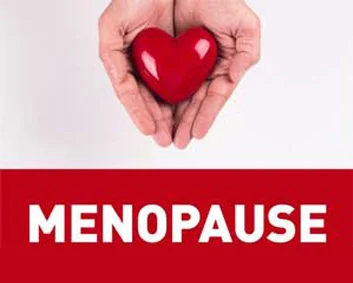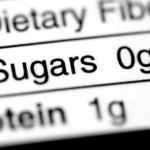Contributing Risk Factors of Heart Disease
Heart disease can have many risk factors. They are of two types: contributing risk factors and major risk factors. The contributing risk factors increase the possibility of having heart diseases, unlike major risk factors which are proven to increase heart disease in most of the patients.1 In this article, we will broaden our understanding of contributing risk factors for heart disease. We will look into contributing risk factors like alcohol consumption, stress and menopause and understand how they increase the possibility of heart disease.
Alcohol and Heart Disease
There have been studies that indicated that people who drink a moderate amount of alcohol have been at a lower risk of heart disease compared to people who don’t consume alcohol.2 However, drinking too much alcohol (more than 1-2 drinks where one drink contains 1.5 fluid ounces of alcohol) can cause problems related to heart like stroke, cardiomyopathy, irregular heartbeats, and high blood pressure.3
An average alcohol-based drink contains approximately 100–200 calories, and excessive consumption may lead to obesity and other heart diseases caused by excess body fat. 4 If you do not drink alcohol, it is not recommended to start, as even moderate consumption carries health risks; however, individuals who drink excessively should consider reducing their intake to moderate levels or quitting altogether
Stress and Heart Disease

Although often considered contributing risk factors for heart disease, the effects of stress, socioeconomic status, and behavioral habits are still being studied to understand how they impact heart health.
The several reasons why stress could be a factor in heart disease are: 1
- Excessive stress can raise blood pressure and heart rate, increasing the heart’s demand for oxygen. This may cause angina (chest pain) or ischemia( inadequate oxygen-rich blood supply to the heart).
- Stress can increase the blood clotting factors in the body leading to the formation of blood clots that may further block any narrow artery (narrowed due to plaque formation) to cause a heart attack.
- Stress also leads to an increase in further risk factors such as smoking, excessive consumption of alcohol or overeating for combing down stress.
When you are taking excessive stress the body releases adrenaline hormones which raises the blood pressure that may harm the inner lining of arteries. After healing the walls of arteries gets thicken or harden which allows the easy build-up of plaque.
Menopause and Heart Disease

Menopause itself does not directly cause heart disease, but it can increase other risk factors around the time it occurs. A decline in estrogen levels after menopause may elevate the risk of heart disease, as estrogen has a protective effect on the inner lining of artery walls and helps maintain blood vessel flexibility.4 Other changes that commonly occur in women post-menopause include elevated blood pressure and increased levels of LDL (bad cholesterol). Triglycerides—a type of fat found in the blood—also tend to rise.5 These physiological changes make menopause a contributing factor to heart disease in women.
So we have established the three common contributing risk factors of heart disease. Some of these can be controlled and should be eliminated to keep your heart healthy. Proper management of these risk factors can lead to a reduction in the risk of heart disease.












